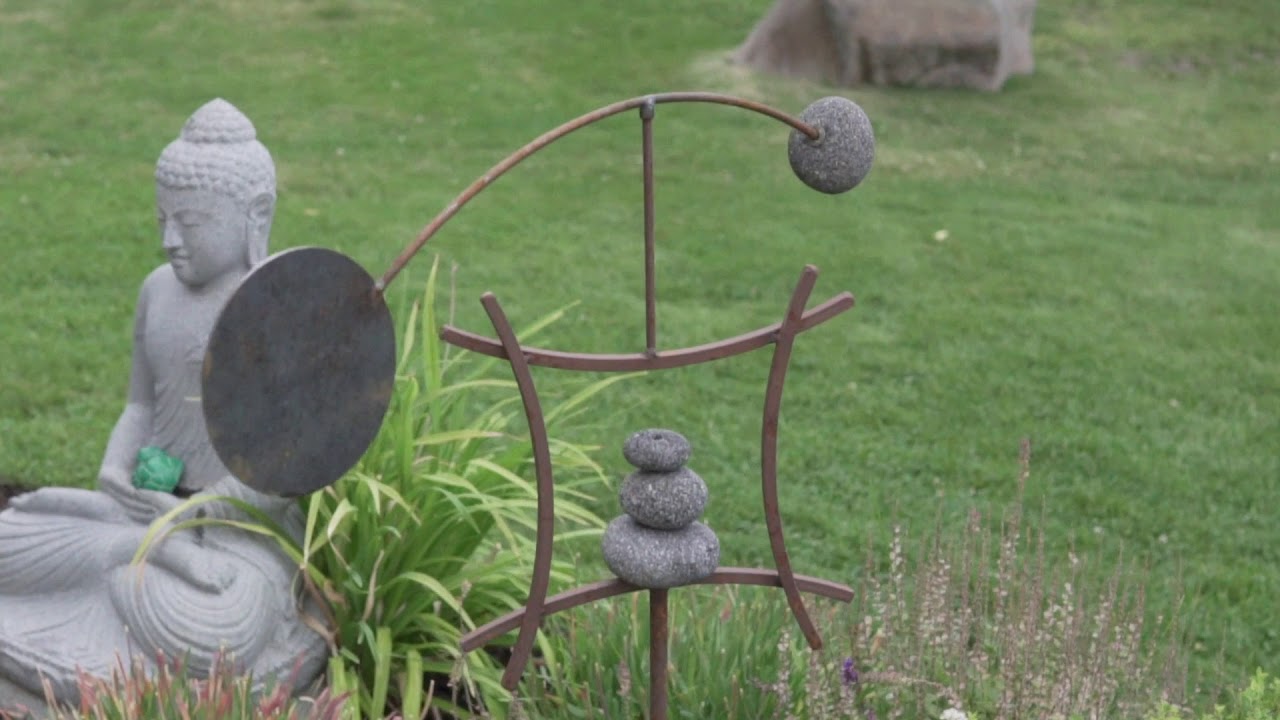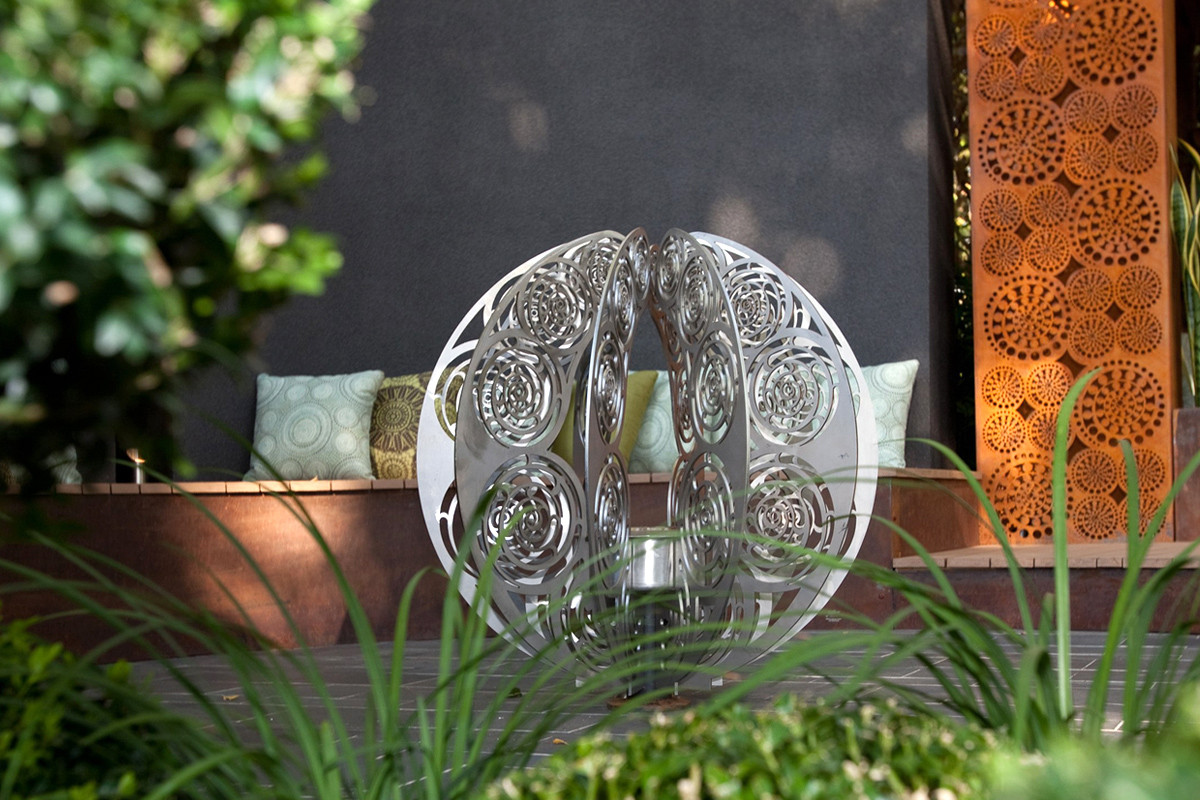In recent years, the integration of public metal art in botanical gardens has taken the world by storm. These gardens are not only a sanctuary for plant lovers but also serve as a canvas for artists who wish to merge their creations with nature. The inclusion of metal art in such environments enhances the aesthetic appeal and offers a fresh perspective on how art and nature can coexist.

The Evolution of Metal Art in Gardens
The concept of incorporating art into gardens is not new. However, the use of metal as a medium has grown exponentially. Metal, with its durability and versatility, offers artists countless possibilities. Gardens worldwide are now adorned with magnificent metal sculptures that capture the imagination of visitors.
Why Metal Art?
Metal art is favored in gardens for several reasons. Its resilience to weather conditions ensures longevity. Moreover, the reflective properties of metals like stainless steel and aluminum can beautifully contrast or complement natural elements. They bring a contemporary feel to traditional garden settings.
Popular Themes in Botanical Gardens
Artists often draw inspiration from the gardens themselves. Themes like flora and fauna, abstract concepts, and even historical references are common. For instance, a garden that focuses on native plants might feature metal art depicting local wildlife.
Interactive Metal Sculptures
Some gardens have taken things a step further by introducing interactive metal sculptures. These pieces invite visitors to engage, offering a tactile dimension to the viewing experience. Such installations can transform a simple walk into an immersive journey through art and nature.
Benefits of Metal Art in Gardens
Besides aesthetic appeal, metal art in gardens provides numerous benefits. It serves as a focal point, drawing visitors’ attention and encouraging exploration. The art also promotes cultural enrichment by introducing visitors to diverse artistic expressions.
Promoting Environmental Awareness
Many artists use recycled or repurposed materials in their creations. This practice not only reduces waste but also raises awareness about sustainability. For instance, repurposed saw blades (https://modern-metalworks.com/repurposed-saw-blades-as-garden-art/) have been used in various garden installations, highlighting the creative potential of discarded materials.
Challenges and Considerations
While the benefits are numerous, incorporating metal art into botanical gardens comes with challenges. Gardens must consider factors like installation logistics, maintenance, and safety. Collaborating with experienced artists and metalworkers can help mitigate these challenges.
Weather and Maintenance
Weather is a significant consideration for outdoor installations. Metals can corrode if not treated properly. Regular maintenance, including cleaning and protective coatings, ensures the longevity of the art pieces.
Famous Botanical Gardens Featuring Metal Art
Several renowned botanical gardens have embraced metal art. These gardens serve as inspiration for others looking to integrate art into their landscapes. For instance, the Royal Botanic Gardens in Kew, London, boasts a diverse collection of metal sculptures that add an artistic flair to their picturesque setting.
Local Artists and Global Influence
Many gardens collaborate with local artists to showcase regional talent. However, international artists also contribute, bringing global perspectives to these natural spaces. This blend of local and global influences enriches the visitor experience.
Future of Metal Art in Botanical Gardens
The future looks promising for metal art in botanical gardens. As more gardens recognize the value of integrating art, we can expect to see innovative installations that challenge traditional notions of garden design. This trend also encourages artists to experiment with new techniques and materials.
Technological Advancements
Advancements in technology have opened new avenues for artists. Techniques like laser cutting (https://modern-metalworks.com/diy-laser-cut-metal-art/) allow for intricate designs that were once impossible. These innovations enable artists to push the boundaries of what can be achieved with metal.
How to Get Involved
For those interested in bringing metal art to their local gardens, collaboration is key. Working with local artists, garden planners, and community members can lead to successful projects. It’s essential to consider the garden’s theme and audience when selecting art pieces.
Educational Programs
Many gardens offer educational programs to teach visitors about the art and its significance. Workshops, guided tours, and lectures can enhance the visitor experience and foster a deeper appreciation for the art.
Conclusion
The integration of public metal art in botanical gardens is a testament to the harmonious relationship between nature and creativity. These installations not only beautify gardens but also provide cultural and educational value. As this trend continues to grow, botanical gardens worldwide will become vibrant hubs of artistic expression.

FAQs
What types of metal are commonly used in garden art?
Common metals include stainless steel, aluminum, and copper, known for their weather-resistant properties.
How do artists decide on the themes for their sculptures?
Artists often draw inspiration from the garden’s theme, local culture, or personal experiences.
Can visitors interact with metal sculptures in gardens?
Yes, many gardens feature interactive sculptures that encourage visitor engagement.
This article contains affiliate links. We may earn a commission at no extra cost to you.

